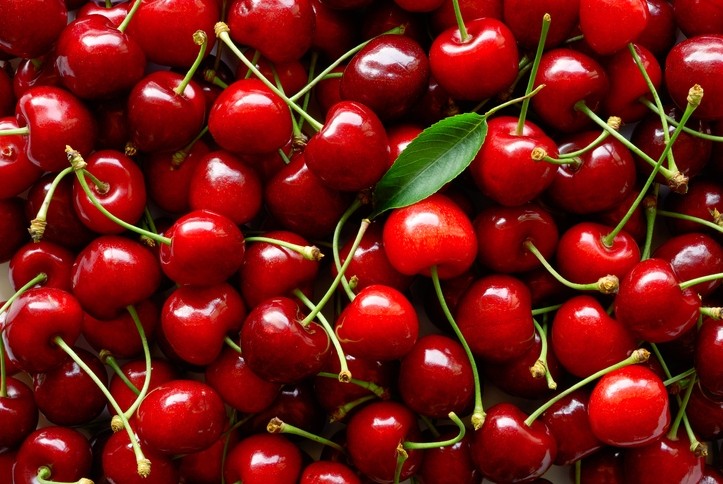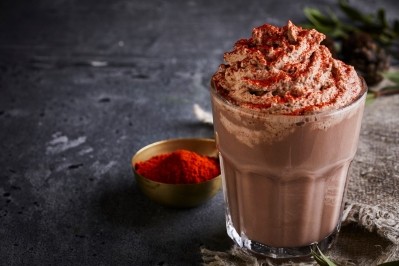Trendspotting: Beverages set to turn to 'big and bold' flavors in 2022

The company has set out its beverage trend predictions for 2022, focusing on three key areas it believes will dominate drinks over the next year: big and bold flavors; a return to simplicity; and guilt-free indulgence.
Big and bold flavors
“Client requests have taken a 180-degree turn on flavor, especially where seltzers and sparkling waters are concerned,” noted Tom Gibson, Flavorman’s Chief Flavorist. “Whereas before, clients would be looking for a gentler spritz of nuanced flavors in their drink, we are now seeing more clients ask for loud and proud, single-note flavors.”
With the seltzer market beginning to saturate, beverage makers are now seeking ways to differentiate from the competition, opting for bigger and bolder profiles.
But there’s also another possible explanation: with COVID-19 notorious for attacking the senses of taste and smell, drinks with straightforward flavors may provide reassurance to consumers still recovering from sensory loss or those who are simply concerned with changes to their senses in general.
Meanwhile, clean label is also helping play into the trend, as consumers value less rather than more on ingredient lists. This is related to an overall shift in a return to simplicity, ‘providing a source of comfort during a time when life feels like it has become much more complicated’. It also makes life easier for manufacturers who need to comply with conditions from ‘better-for-you’ food and beverage retailers who have a list of accepted ingredients for products in their stores.
With health and wellness continuing to drive trends into the new year, beverage brands will opt for simplicity in beverage formulations across the board.
For example, beverage makers can be expected to continue emphasizing the presence of familiar childhood flavors: watermelon, strawberry, cherry, apple and grape will see a resurgence as consumers reach for theses immediately recognizable and nostalgic profiles.
In the spirits sector, simplicity takes the form of moderation.
“Going low- or no-alcohol is a lifestyle choice that some consumers are rallying behind as a way to achieve holistic health goals,” said Katie Clark, Flavorman’s Lab Manager. “This trend has fueled explosive growth in non-alcoholic spirits and ready-to-drink mocktails—as well as lower ABV wine-based cocktails—that we expect to continue into the New Year.”
Guilt-free indulgence
Consumers still have a soft spot for indulgent experiences.
Citrus flavors have been a cornerstone for the drinks industry, but consumer tastes are now evolving towards botanical-forward beverages—particularly in the premium sector. Floral profiles like hibiscus, lavender and elderflower are becoming more mainstream and making way for the earthier, more herbal flavors of turmeric, anise and rosemary. Often, common kitchen spice cabinet ingredients can provide a new dimension of flavor, functionality or a premium touch.
Because premium is also so often associated with quality, ingredients like juice and full sugar are also becoming more popular in high-end beverages. Consumers indulging in these drinks aren’t as concerned with calorie restrictions or sugar because they recognize that they are treating themselves to a unique experience. The same can be observed in the spirits and beverage alcohol sectors.
“In the spirits world, amaro, absinthe and other botanical spirits are seeing a renaissance,” said Colin Blake, Director of Spirits Education at Moonshine University, the sister company of the Flavorman Beverage Campus. “These drinks tend to have a distinctive quality due to their balance of bitter and sweet, and they are consumed in very particular ways, usually before or directly following a meal. Consumers in the premium sector have embraced the ritual involved as another way of replicating a bar experience.”





